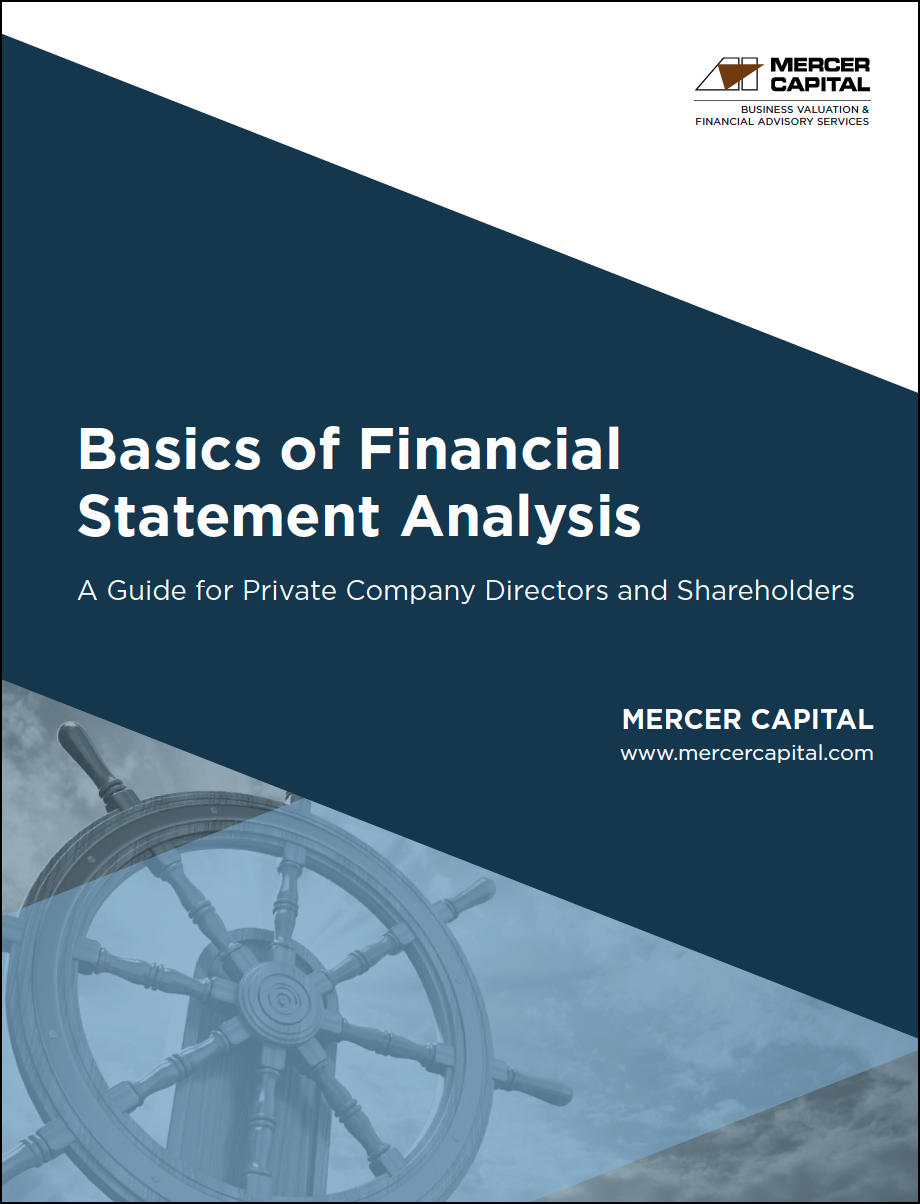Basics of Financial Statement Analysis
Football coaching legend Bill Parcells famously said, “You are what your record says you are.” Adapting that thought to the corporate world, one could say, “Your company is what its financial statements say it is.” Although we would not deny that there are important non-financial considerations in business, the remark strikes close enough to the truth to underscore the importance of being able to read financial statements. Accounting is the language of business, and financial statements are the primary texts to be mastered. Corporate directors need to be able to read financial statements to discharge their fiduciary duty to shareholders effectively. The ability to analyze financial statements gives shareholders the confidence to independently assess the company’s performance and the effectiveness of management’s stewardship of shareholder resources.
The purpose of this whitepaper is to help readers develop an understanding of the basic contours of the three principal financial statements. The balance sheet, income statement, and statement of cash flows are each indispensable components of the “story” that the financial statements tell about a company. After reviewing each statement, we explain how the different statements relate to one another. Finally, we provide some guidance on how to evaluate projected financial statements.

